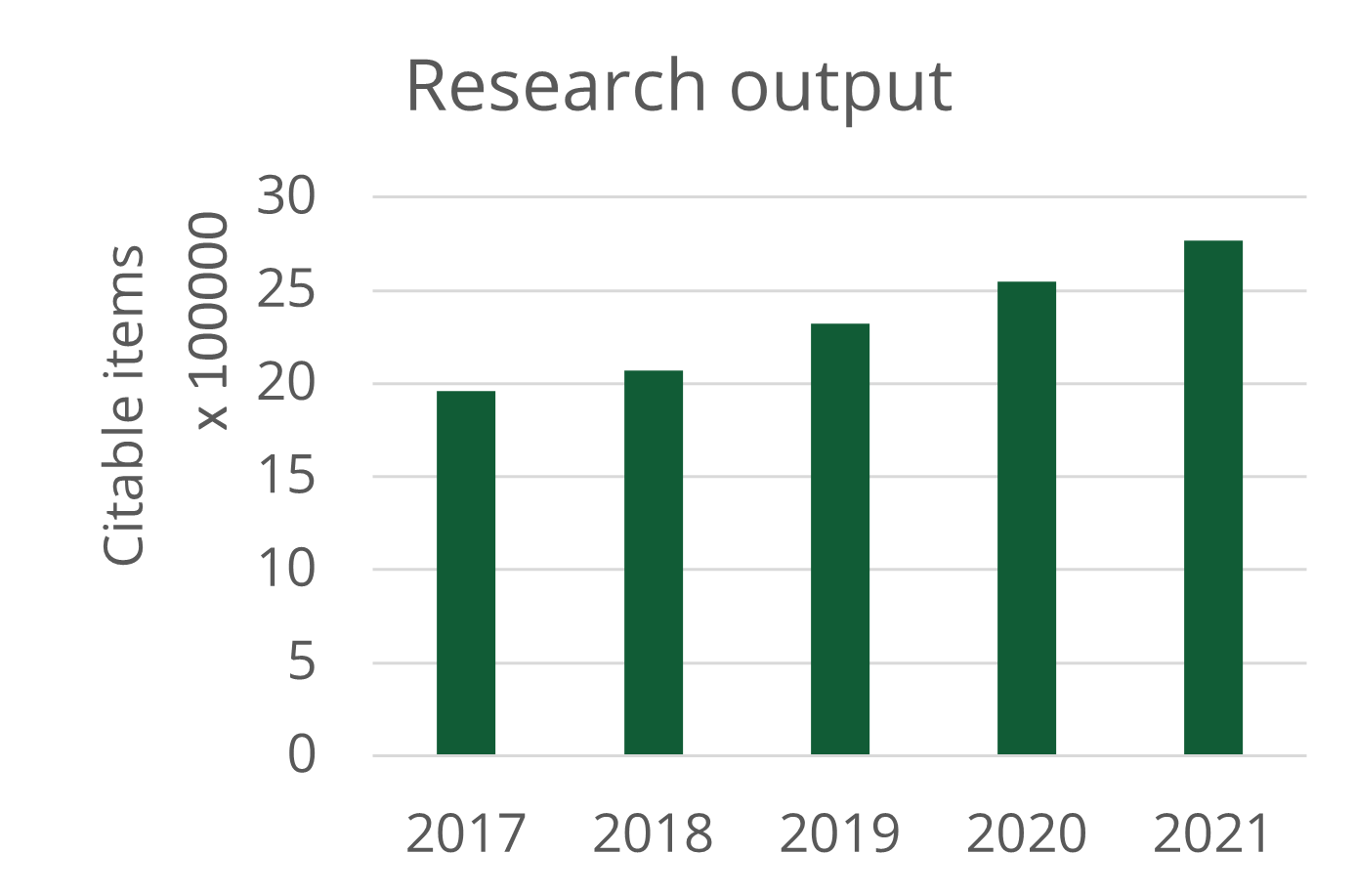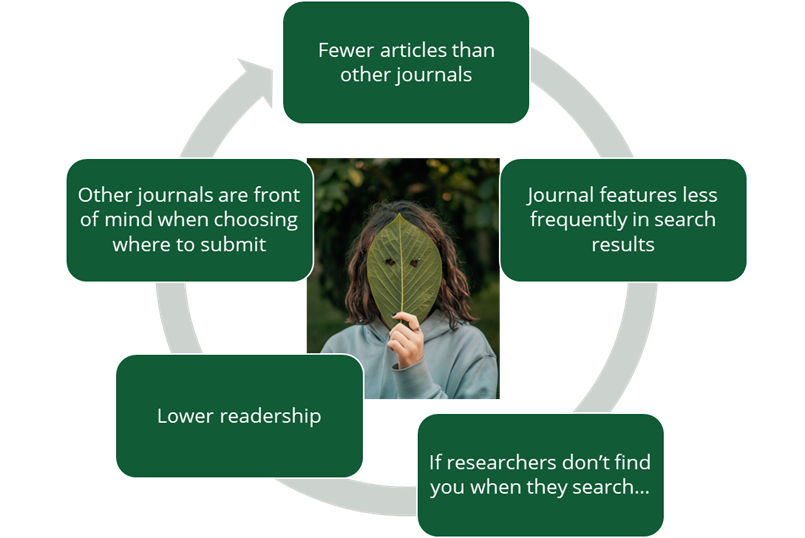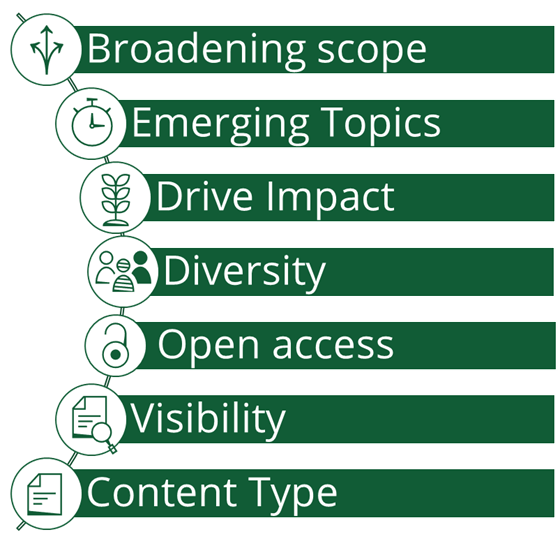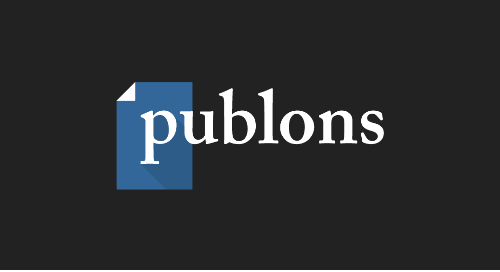Article commissioning: an opportunity to shape your journal and support your community
December 08, 2022
Attracting and retaining authors is vital in ensuring your journal has a solid pipeline of quality articles. Content commissioning is a core part of your role as an editor, and we can support you when considering how to do this.
In the recent webinar Wiley Editor Seminar: Article Commissioning for Journal Growth, Impact and Visibility, Aron Urbatsch, Associate Editor, Advanced Materials, David Rovnyak, Features Editor, Magnetic Resonance in Chemistry, and Fraser Birrell, Editor-in-Chief, Lifestyle Medicine, shared their commissioning efforts and the successes of their journals.
Before launching into the individual journal ventures, I had a chance to share my thoughts as to the range of possible motivations for investing in commissioning.
Why should your journal consider active commissioning?
Research output continues to grow across all disciplines. Web of Science article output had a compound annual growth rate of 9% across the last five years.
Therefore, journals that aren't keeping pace with that growth risk becoming increasingly hidden in a digital world. It can be easy to slip into a downward spiral.

42% of readership across Wiley Online Library comes via search engines. If a journal publishes fewer articles, it features less frequently in keyword search results. And if it isn’t found and read, then that journal isn't front of mind when authors are choosing where to submit their next paper. Wiley's author feedback survey shows that 58% of authors come to know about a journal through having read an article published in it.

Article commissioning to publish more quality-content can be a way for journals to turn the risk of a low-visibility downward spiral into a virtuous circle and get a journal brand out in front of the research community.
There are several reasons to actively commission for a journal.

Traditionally, commissioning has been a means to support a new journal and get it off the ground at launch or to give a boost where there are otherwise declining submissions. But commissioning can also be very targeted and represents an opportunity for the editorial team to shape their journal.
Every journal has its own unique profile, mission, and objectives that all come into play when actively commissioning content. A community survey to solicit feedback on a journal, be it through social media, to society membership or to delegates at a meeting, can be a good way to get some insight into how the community perceives the journal. Commissioning specific content can then be a proactive way to counter any misconceptions, communicate what a journal is about and what it represents.
Time invested in commissioning can lead to various results, depending on the adopted approach. For example, you may wish to:
Attract submissions from a specific subject area, such as one that historically hasn’t published in your journal. For example, you may be introducing a new table of contents section heading or updating the Aims & Scope. You may be looking to align your journal scope with the different communities your society is supporting if these have over time become out of sync. Or it might be simply where that community doesn’t typically see your journal as the ‘go-to’ place for their research. Commissioned content, promoted alongside a community meeting, is a good way to signal to that audience that your journal is open for business. We have many case studies of journals seeing regular submissions come in off the back of a curated subject collection.
Commission papers around an emerging area to drive forward research in that area, whilst at the same time signaling to the readership that your journal isn't staying still but is driving and supporting new avenues of study.
We have various deep-learning tools to help identify emerging clusters of research across different disciplines. So, for example, if you read a novel paper of interest published elsewhere, we can provide a list of authors publishing in the same domain, to help your journal with a target commissioning list. Talk to your Journal Manager if you wish to know more.
Commission to drive impact. Supported by data and evidence, it’s common knowledge that reviews are cited on average more than research papers. Commissioning highly cited content can help a journal secure its first impact factor. It can also pull up a journal’s average citations; for example, where a journal wishes to serve its community in publishing sound science papers or niche research from small communities with lower citation rates.
Commission to improve a journal's diversity, be it geographic, gender, career-level, etc. You can target a region where your journal isn't receiving many submissions from, thus encouraging readership and subsequently authorship from that particular country; or showcase the research of previously underrepresented communities (for example to address the concerns of groups such as Black In Neuro). You might feature work of women, rising stars or trailblazers in your field, papers reflecting journal club discussions. Or commission diverse perspectives – controversy pieces, head-to-head debates, etc.
Commission to support open access publishing in your field. You may invite authors from institutions covered by one of Wiley’s transformational agreements (TAs) to submit to your journal – find out here where Wiley’s TAs are. TAs help democratize open access (OA) publishing for all researchers at participating institutions by removing barriers to OA publication. By publishing more OA content, your journal may benefit from greater reach, increased citations and readership. In fact, OA articles are on average downloaded 3.2 times more than subscription articles and cited 50% more compared to subscription articles. Find out more about the benefits of OA in recent study on Demonstrating the Advantage of Publishing Open Access with Wiley.
Commission to support a journal’s visibility. By inviting targeted authors, you can bring the journal to the attention of research groups and institutions you might otherwise not be seeing submissions from.
Commission to introduce a new article type, for example technique papers, systematic reviews, or editorial matter to drive readership, such as editor profiles, words of advice, A Guide To etc.
Whatever your motivation for commissioning is, invited content should always undergo the same high-standard editorial evaluation and peer review process as any unsolicited submissions.
What is your experience with commissioning content for your journal? Do you have an example of a tactic or resource that has worked for you that you’d like to share with the community? Join this conversation in the Wiley Editor Community. If it’s your first time visiting the community site, log in with your Wiley ID (the same username and password you use to access other Wiley platforms, like Wiley Online Library and Wiley Journal Insights).
If you have any questions, email us at editors@wiley.com







